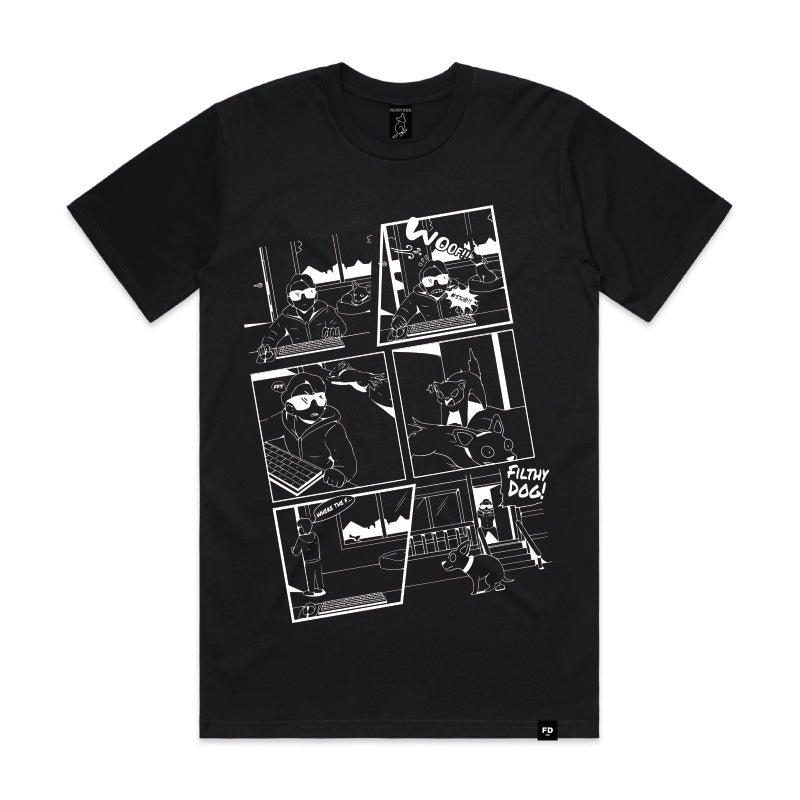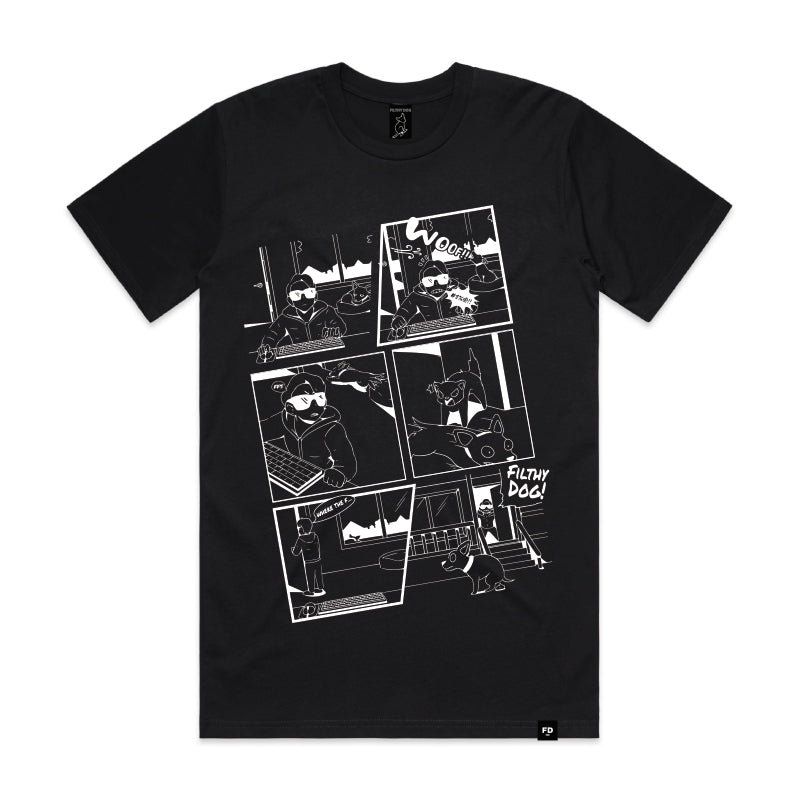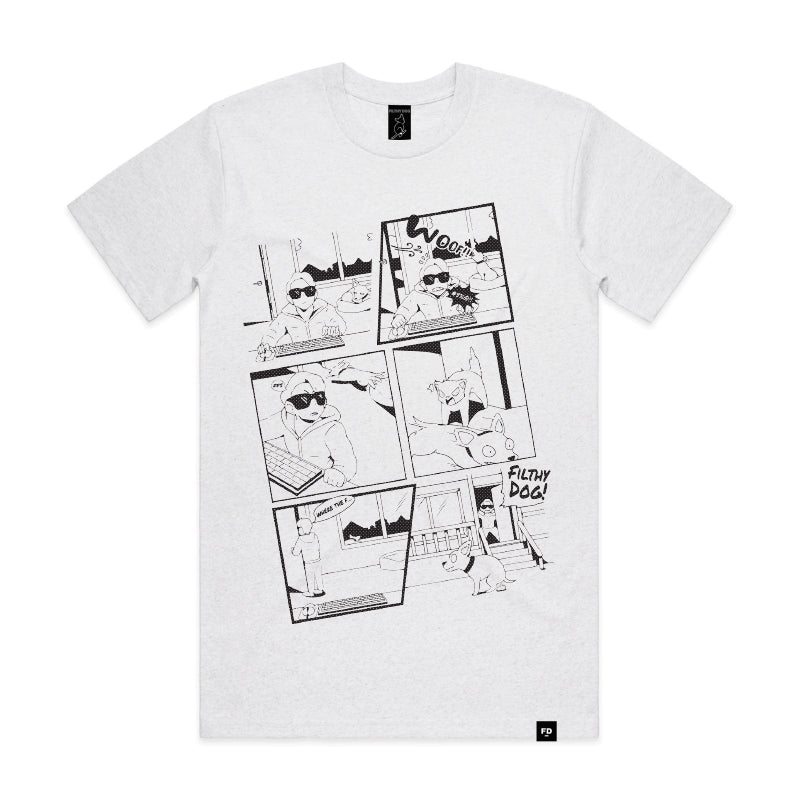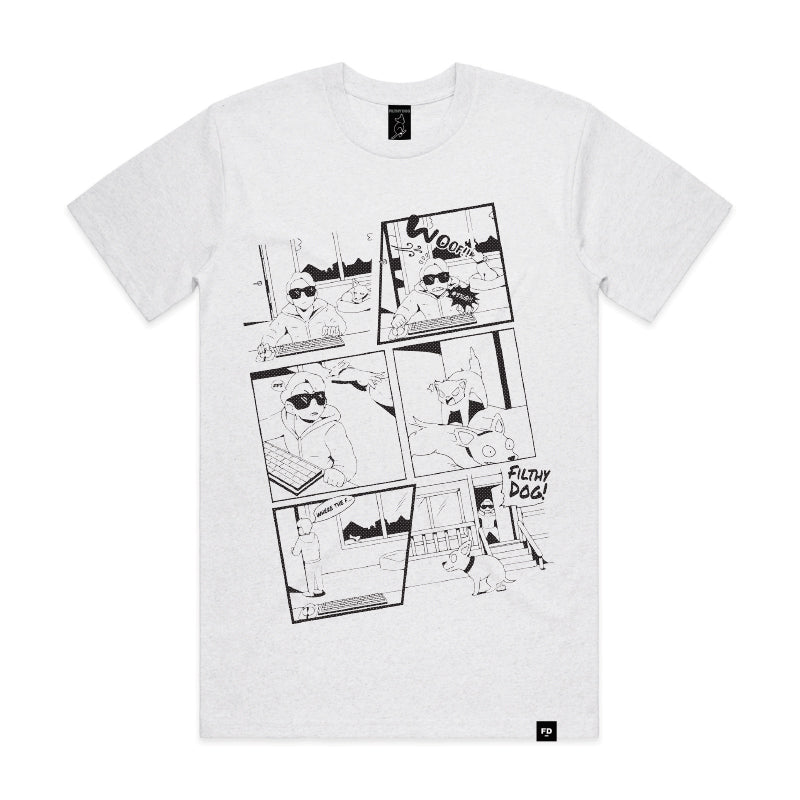What Is Loyalty Marketing?
Loyalty marketing is focused on growing and retaining loyal customers. This is done by offering them points, rewards, and discounts for their purchases and online interactions.
Think of when you take a simple loyalty card to your local coffee shop, get it stamped each day, and enjoy a free coffee after returning 10 times. It’s all about retaining returning customers by rewarding them for their regular patronage.
Let’s say if you got your coffee shop card stamped 10 times, and then they offer you a free croissant if you brought 3 friends with to sign up, now you’ve just unlocked another loyalty tier.
Who Is a Loyal Customer?
A loyal customer is typically defined as a repeat buyer of the same product or a regular shopper at the same online store. They interact with you on social media, they actively leave reviews and testimonials and at most times, cost is not an issue.
A summary of the 6 customer types:
- The satisfied customer. They don’t dislike you, but they don’t love you either. They are simply satisfied with doing businesses with you, but will move once a competitor offers a better experience.
- Customers who are loyal to your loyalty program. These customers appear to be loyal to you, but they’re actually loyal to the program. They love accumulating points and perks but are not loyal to your products or company.
- Those who enjoy convenience. These customers are loyal to the convenience you provide, be it your store location or an integration with their payment apps which makes it easier to purchase your products.
- Customers who appear to be loyal, but don’t really like you. For some customers, it’s easier to stay than to switch to a new service provider, but they really don’t want to be there. Think of banks and how difficult it can be to move from one to another.
- Those who are loyal to your prices. They are more interested in your low price than your brand, and will quickly move onto the next competitively priced product.
- Customers who REALLY are loyal. They will never dream of going elsewhere. You can count on these customers to advocate for you online.
How Do Businesses Define Loyal Customers?
The definition of a loyal customer is quite broad and really depends on the context of what you’re looking for.
But, for example, Adobe Analytics defines a loyal customer as a website/app visitor who has made 3+ purchases in the reporting period.
How Often Do Customers Need to Buy In Order to Be Considered a Loyal Customer?
Well, it really depends on the brand, but there are a host of other factors to consider. Start to identify your loyal customers by looking at the following:
- How many times they purchased within a set amount of time
- Their total spend on your platforms or stores
- How often they visit your website or contact your sales team
- If they are part of your referral program or loyalty program
- How often they opened your emails in the past year
- If they follow your brand on social media and how often they interact
- How often they advocate for you on product forums or communities
- The stability of their purchasing behavior over the past year (are they buying less or more?)
- Cross-purchasing: how and when they shop over multiple product ranges.
What Are the Benefits of Loyalty Marketing?
If you shop online, travel frequently, frequent the same restaurant, or shop at the same supermarket regularly, you’re likely to belong to a loyalty program. If being remembered and rewarded for your loyalty influences your decision to shop at a particular store or buy a certain brand over another – it’s working!
You have probably heard this before, and we have certainly mentioned it on the blog before, but it still rings true for loyalty marketing: it costs 5-times more to attract a new customer than it does to retain an existing customer. Doesn’t that put your marketing efforts instantly into perspective? Well, it certainly should.
Loyal customers are also more likely to refer their friends and family. This is an excellent way to harness the word-of-mouth marketing power of your regular customers.
What Types of Businesses Use Loyalty Marketing?
Are your products low frequency purchase items such as cars, statement jewelry, luggage, and furniture, or frequently purchased items such as groceries, beauty products, travel, or clothing?
Any business can have a loyalty marketing strategy, even those with one-time items can utilize a loyalty marketing strategy – but with more of an allocation towards acquisition. A loyalty marketing strategy for once-off or low frequency purchase items can be centered around making sure they come back to replace their purchase in time, cross-sell other items in a range, or to encourage online engagement and referrals.
Businesses such as airlines, car rentals, and hotel groups are some of the earliest pioneers of loyalty marketing strategies and are now at the forefront of many innovations in the space. Hilton Honors now lets guests choose their room ahead of time through their member’s app, which, according to Think with Google, led to an over 90% retention rate.
Develop and Implement Your Own Loyalty Strategy
How can you take all this information on loyalty marketing, and implement them in your business? As we mentioned, it doesn’t have to start with huge programs, but with simple tactics that could lead to larger implementations.
1.Define Your Objectives
Outline what you want your loyalty marketing to achieve. Are you looking to grow sales, online engagement, or brand loyalty? This will give you a good idea of where to start with your overall strategy and what types of tactics you can employ.
2.Define What a Loyal Customer Means to Your Business
Using the guidelines above, outline what your ideal loyal customer profile looks like. How many purchases, online interactions, or subscriptions qualify them to be a loyal customer to your business?
3.Identify Your Loyal Customers
Take the time to accurately identify and profile your most loyal customers and brand ambassadors. You can use a number of tools to plug into your online store and pull out these customer profiles based on the parameters you set up in step 2, above.
Once you identify those customers, you’ll be in a better position to judge the true scale your loyalty marketing strategy, delve into their shopper behavior, and deliver personalized content.
4.Prepare Your Teams and Social Platforms for Excellent Customer Service
Everything you’ve put into loyalty marketing can be damaged by poor customer service. Work with your staff and fulfilment centers to ensure that customers experience the very best support and service possible, before you launch. You can implement this in a few ways:
- Using chatbots to assist with basic customer blockers
- Segmented customer service – using staff allocated specifically to certain tiers of customer or specific departments will make a big impact the customer experience
- Personalized emails based on past purchases, or browsing behavior.
5.Decide on the Rewards or Perks You Want to Offer
Based on your objectives and the number of customers you are targeting, you can now start to define what rewards are affordable and impactful enough. This can be in the form of:
- Access to new products before anyone else
- Free gifts or limited-edition merchandise
- Invitations to store launches or product unboxings
- Partner rewards such as discounts or freebies to be redeemed at participating stores
- Rewards for referrals are also a great way to tap into their own networks.
6.Plan Your Communication Methods
When developing a loyalty strategy, it’s important to plan how you will interact with customers on a long-term basis. You can implement this with a regular newsletter, monthly push notifications, or social media campaigns. Whichever you choose, make sure that your communication is regular and consistent.
Lighten this up with some quirky gifts on days like National Hot Chocolate Day, Talk Like a Pirate Day, and so on.
7.Implement a Good Analytics Provider for Actionable Insights
Invest in great analytics for your loyalty marketing strategy. This will help you to optimize your strategy and scale faster based on actual data.
Don’t overlook the importance of gathering meaningful, actionable, insights from your one-off and loyal customers. Use surveys or polls to gather information about their shopping experiences, and ask what made them come back or leave. Use these insights to improve and build upon your strategy.
8.Consider Launching a Loyalty Program
If you’re ready to go straight into an advanced loyalty marketing strategy, consider developing a loyalty marketing program. This will take most of the manual work off your hands if you use an out-of-the-box solution to build upon, as these already have built-in customer journeys and points structures ready to be customised.
According to WordStream.com, Sephora receives 80% of their transactions through their Beauty Insiders Program. Top that with personalized offers and great customer service and you have a recipe for a successful loyalty marketing strategy. Therefore, it will be a good idea to enhance the opportunity to transact within your own brand’s environment by adding payment options to your loyalty program.











Leave a comment
All comments are moderated before being published.
This site is protected by reCAPTCHA and the Google Privacy Policy and Terms of Service apply.